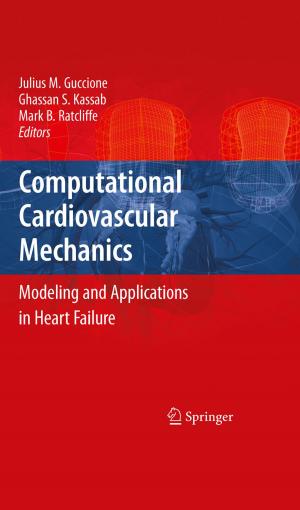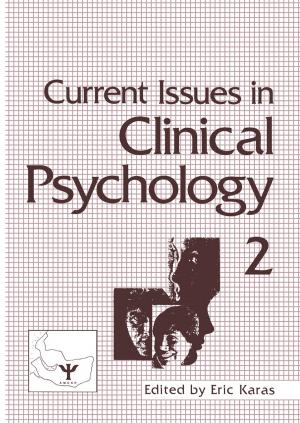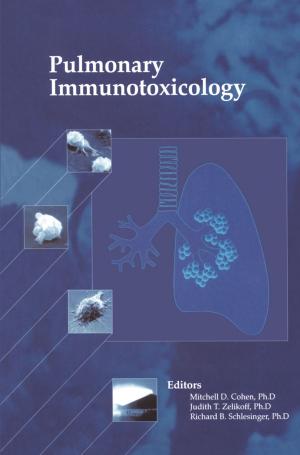Molecular Genetics of Cardiac Electrophysiology
Nonfiction, Health & Well Being, Medical, Specialties, Internal Medicine, Cardiology| Author: | ISBN: | 9781461545170 | |
| Publisher: | Springer US | Publication: | December 6, 2012 |
| Imprint: | Springer | Language: | English |
| Author: | |
| ISBN: | 9781461545170 |
| Publisher: | Springer US |
| Publication: | December 6, 2012 |
| Imprint: | Springer |
| Language: | English |
The molecular basis for atrial fibrillation continues to be largely unknown, and therapy remains unchanged, aimed at controlling the heart rate and preventing systemic emboli with anticoagulation. Familial atrial fibrillation is more common than previously suspected. While atrial fibrillation is commonly associated with acquired heart disease, a significant proportion of individuals have early onset without other forms of heart disease, referred to as "lone" atrial fibrillators. It is also well recognized that atrial fibrillation occurs on a reversible or functional basis, without associated structural heart disease, such as with hyperthyroidism or of atrial fibrillation following surgery. It remains to be determined what percentage in these individuals is familial or due to a genetic predisposition. Mapping the locus for familial atrial fibrillation is the first step towards the identification of the gene. Isolation of the gene and subsequent identification of the responsible molecular genetic defect should provide a point of entry into the mechanism responsible for the familial form and the common acquired forms of the disease and eventually provide more effective therapy. We know that the ionic currents responsible for the action potential of the atrium is due to multiple channel proteins as is electrical conduction throughout the atria. Analogous to the ongoing genetic studies in patients with familial long QT syndrome, it is highly likely that defects in each of these channel proteins will be manifested in familial atrial fibrillation.
The molecular basis for atrial fibrillation continues to be largely unknown, and therapy remains unchanged, aimed at controlling the heart rate and preventing systemic emboli with anticoagulation. Familial atrial fibrillation is more common than previously suspected. While atrial fibrillation is commonly associated with acquired heart disease, a significant proportion of individuals have early onset without other forms of heart disease, referred to as "lone" atrial fibrillators. It is also well recognized that atrial fibrillation occurs on a reversible or functional basis, without associated structural heart disease, such as with hyperthyroidism or of atrial fibrillation following surgery. It remains to be determined what percentage in these individuals is familial or due to a genetic predisposition. Mapping the locus for familial atrial fibrillation is the first step towards the identification of the gene. Isolation of the gene and subsequent identification of the responsible molecular genetic defect should provide a point of entry into the mechanism responsible for the familial form and the common acquired forms of the disease and eventually provide more effective therapy. We know that the ionic currents responsible for the action potential of the atrium is due to multiple channel proteins as is electrical conduction throughout the atria. Analogous to the ongoing genetic studies in patients with familial long QT syndrome, it is highly likely that defects in each of these channel proteins will be manifested in familial atrial fibrillation.















